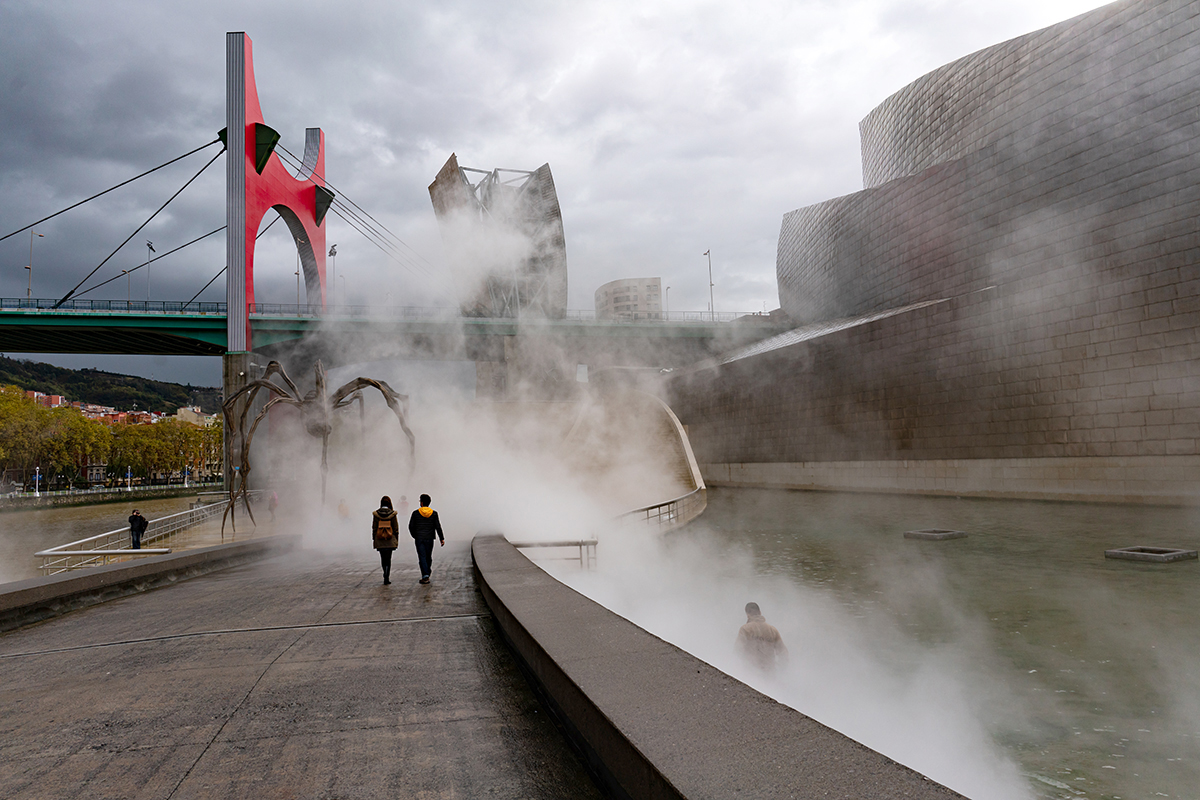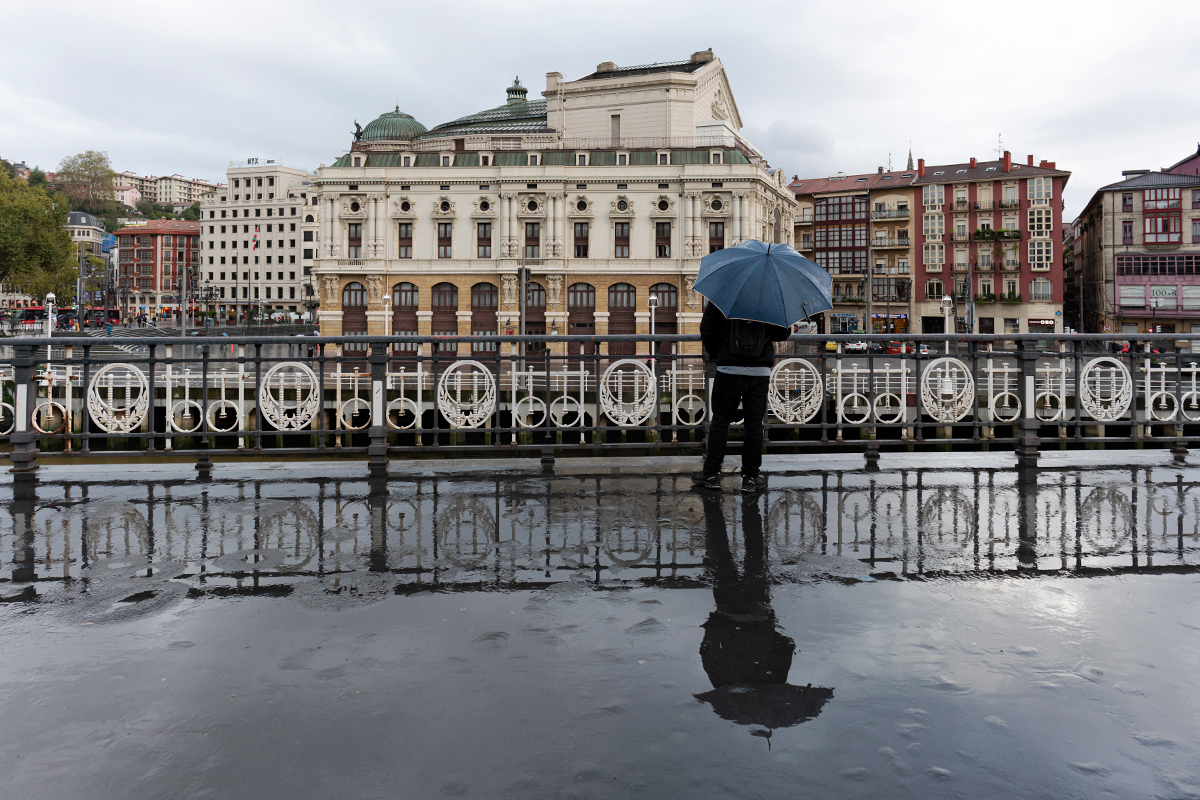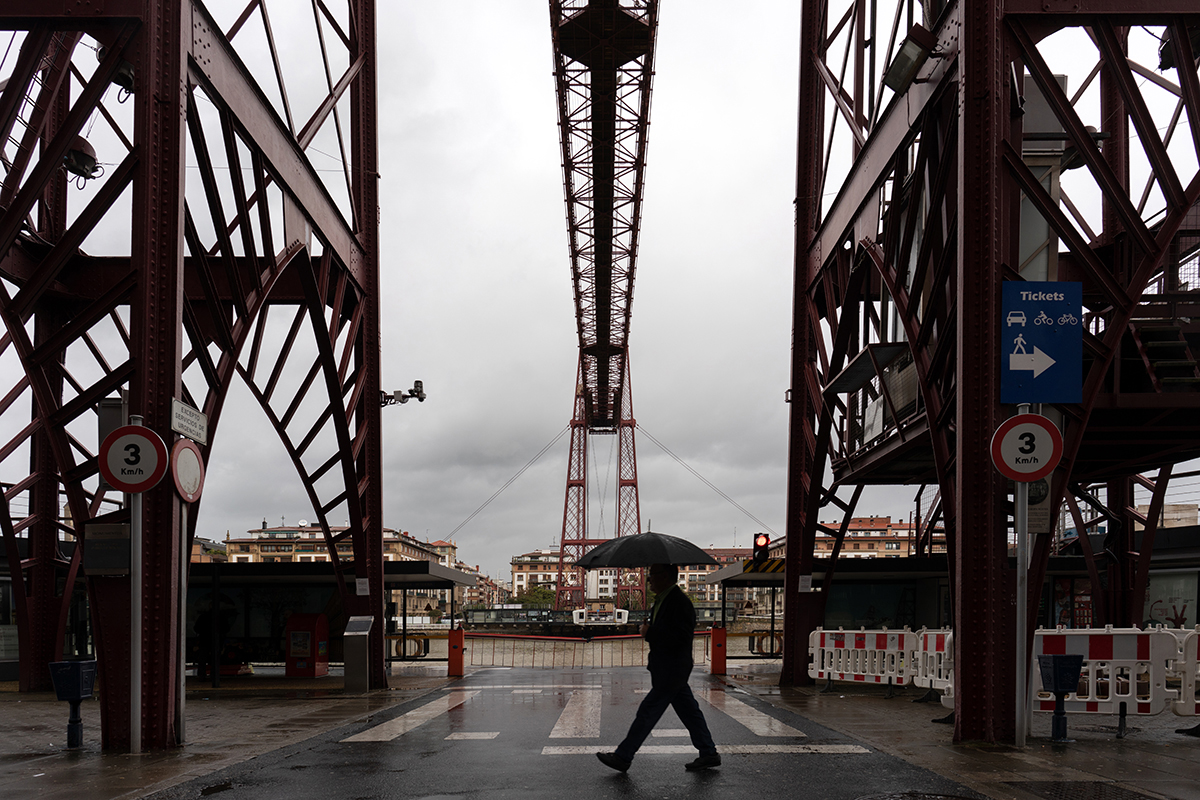En su forma más simple, la fotografía callejera consiste en capturar momentos y emociones no guionizados y francos de la vida cotidiana en espacios públicos como las calles, especialmente cuando se utilizan los objetivos adecuados para la fotografía callejera. Esto puede ir desde imágenes fijas de edificios captadas en el reflejo de un charco hasta el estrés ejemplificado por un hombre sentado en la acera con la cabeza entre las manos.
La fotografía callejera puede ser una anomalía para algunos, ya que los fotógrafos no pueden hacer posar a los sujetos y, en su lugar, tienen que esperar a la toma perfecta para que su presencia no afecte a la autenticidad del momento. Sin embargo, las posibilidades son infinitas si los fotógrafos son pacientes, vigilantes, audaces, no tienen miedo a fotografiar en lugares públicos y llevan consigo el equipo adecuado.
Lo que aprenderá en este artículo:
- Por qué los objetivos zoom rápidos y versátiles son ideales para la fotografía espontánea
- Cómo mantener la discreción y captar auténticas escenas callejeras
- Qué objetivos Tamron funcionan mejor con cámaras sin espejo y DSLR
- Consejos prácticos para integrarse en el entorno al fotografiar
- Cómo elegir el equipo adecuado para tu estilo de fotografía callejera
Por qué la fotografía callejera es tan accesible y gratificante

La fotografía callejera es uno de los géneros fotográficos más populares por su accesibilidad. A diferencia de la fotografía de belleza, la fotografía callejera no requiere un montaje complicado, y los sujetos no tienen que pasar horas en la silla de maquillaje. A diferencia de la fotografía de naturaleza, la fotografía callejera no requiere que los fotógrafos visiten lugares remotos de todo el mundo. Todo lo que se necesita es una cámara y ojo para captar momentos únicos. Tanto si eres un fotógrafo aficionado como un profesional experimentado, estos consejos de fotografía callejera te ayudarán a aprovechar al máximo tu tiempo en la calle y a hacer más fotos fantásticas.
CONSEJO 1: Utiliza una cámara más pequeña
Las cámaras más grandes pueden tener mejores especificaciones y producir imágenes de mayor resolución, pero alertarán a la gente de que puedes estar fotografiándoles, arruinando el elemento cándido de la fotografía callejera. Las cámaras pequeñas atraen mucho menos la atención en los espacios públicos, preservando la mirada improvisada y sin filtros de la vida que hace tan atractiva la fotografía callejera. Además, caminarás mucho, por lo que llevar una cámara grande y pesada te ralentizará y cansará mucho más rápido. Esto no quiere decir que no puedas utilizar cámaras más grandes, sólo que te dificultarán un poco el trabajo.
Si te centras más en las ciudades y en las propias calles que en el público, tiene sentido utilizar una cámara más grande junto con un objetivo como el Tamron SP 24-70mm F/2.8 Di VC USD (Modelo A032) que puede maximizar el potencial en las últimas cámaras DSLR de alta densidad de píxeles o las cámaras sin espejo con el adaptador del fabricante, y ofrece una calidad de imagen y una nitidez asombrosas. Para una cámara sin espejo de fotograma completo más pequeña, considere un zoom estándar rápido como el Tamron 28-75 mm F/2,8 Di III VXD G2 (Modelo A063) o un todo en uno como el Tamron 28-200 mm F/2,8-5,6 Di III RXD (Modelo A071). Para una cámara APS-C, el Tamron 17-70 mm F/2,8 Di III-A VC RXD (Modelo B070) o el versátil Tamron 18-300 mm F/3,5-6,3 Di III-A VC VXD (Modelo B061) all-in-one son objetivos estupendos para la fotografía callejera.
CONSEJO 2: Aprende a quedarte quieto y a mimetizarte con el entorno

Además de utilizar una cámara pequeña, permanecer de pie o sentado puede ayudarte a captar ángulos más singulares y perspectivas más interesantes.
Aunque tengas una cámara pequeña, estarás alertando a la gente de tu presencia si estás constantemente en movimiento corriendo de un lado a otro en busca de una toma. En lugar de eso, busca una zona en la que quedarte unas horas, vigila tus observaciones, entiende el flujo de tráfico peatonal y toma nota del tipo de gente que frecuenta la zona. Es posible que quieras buscar buenos lugares el día antes de la sesión, para saber exactamente dónde estar y cuándo.
CONSEJO 3: Evite la confrontación mirando más allá de su tema

Es inevitable que la gente sienta curiosidad por lo que estás fotografiando. Si quieres pasar desapercibido, hay una forma de reducir el número de transeúntes que se preguntan qué estás haciendo. No mantengas el contacto visual con los sujetos después de haberles hecho la foto; en lugar de eso, mira más allá de ellos y centra tu atención en lo que ocurre detrás. Así parecerás más un turista de vacaciones y será menos probable que se enfrenten a ti. Si se enfrentan a ti, explícales con calma lo que estás haciendo y considera la posibilidad de enseñarles las fotos que les hiciste.
CONSEJO 4: Dedique más tiempo a hacer fotos y menos a examinarlas

"Chimping" es un término fotográfico que describe el acto de revisar cada foto justo después de hacerla. Si estás examinando todas las fotos que acabas de hacer en la pantalla LCD de tu cámara digital, puedes perderte una gran oportunidad fotográfica que tienes delante. Considera la posibilidad de desactivar esta función y, en su lugar, concéntrate más en revisar tus fotografías después de tomarlas, en lugar de durante el proceso.
Captura las calles con confianza y los objetivos adecuados
La fotografía callejera se nutre de la espontaneidad, la creatividad y la capacidad de observar la vida tal y como se desarrolla. Con la mentalidad y las técnicas adecuadas, y sobre todo con los objetivos adecuados para la fotografía callejera, puedes conseguir que tus imágenes dejen de ser instantáneas corrientes para convertirse en historias visuales cautivadoras. Tanto si acaba de empezar como si está perfeccionando su arte, elegir zooms compactos, rápidos y versátiles puede marcar la diferencia a la hora de capturar esos momentos fugaces e impactantes. Explore la gama de objetivos Tamron diseñados para la fotografía callejera y prepárese para salir a la calle con un equipo que funciona tan rápido como usted.
Como fabricante líder de objetivos para cámaras, Tamron tiene el equipo que necesita para fotografiar cualquier motivo. Si está listo para comprar nuevos objetivos Tamron como nuestro zooms estándar rápidos o zooms todo en unoConsulte nuestra lista de distribuidores autorizados Tamron cerca de ti.
Más consejos fotográficos | Ver vídeos | Más información sobre los objetivos Tamron | Galería de fotos
